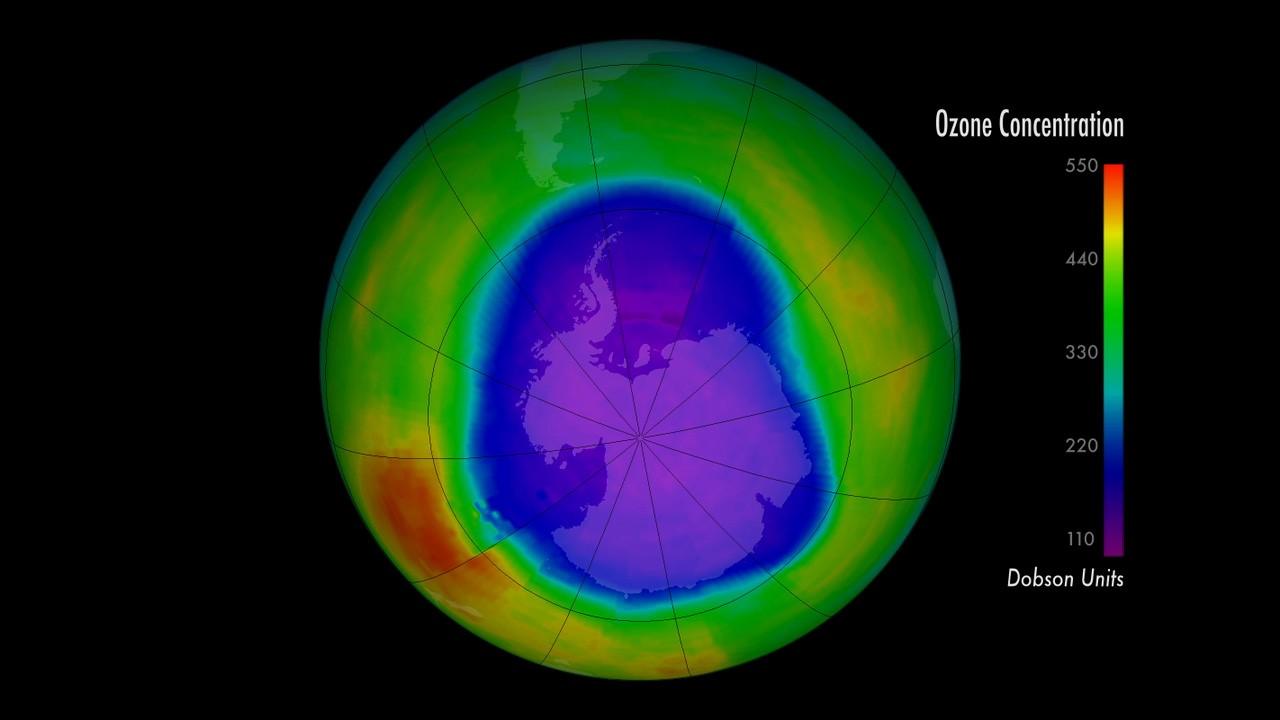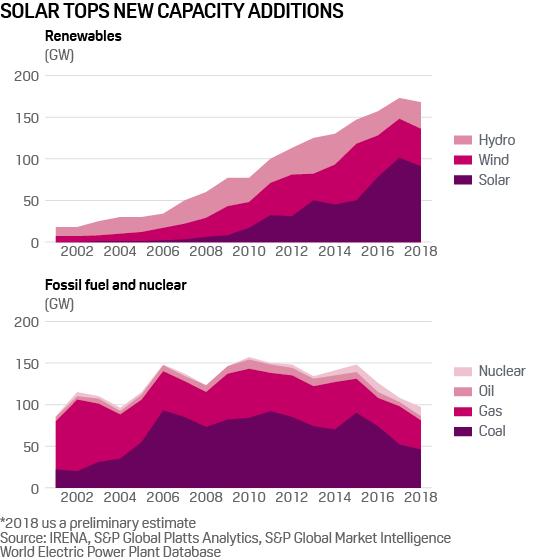
5 minute read
Just the Facts: Looking to the Future
Just The Facts:
Positive Impacts Looking to the Future


By Marissa Guzik
Previously, we took a look back to the start of environmentalism and the formation of the EPA along with some of its foundational acts and benefits brought forth from them. Now let’s take a look at some different, more recent and ongoing environmental successes.
Ozone Hole Recovery
The ozone layer is an important part of
Earth’s atmosphere that helps to protect and sustain life on and below its surface. It functions as a protective barrier, absorbing harmful ultraviolet B radiation from the sun that can cause “skin cancer and kill phytoplankton, the base of the food chain in the ocean,” (Daley). The ozone layer naturally thins and fluctuates within the stratosphere around the South Pole; this region of depleted ozone is referred to as the ozone hole. However, with the introduction and use of chlorofluorocarbons (CFCs) in “refrigerants and as a propellant for things like hairspray” in 1985, the ozone hole grew unnaturally larger from the accumulation of these CFCs in the South Pole where they would breakdown in the warmer months and react with the ozone (Daley). In order to address this problem, a global effort was made in 1987 to establish the Montreal Protocol, which banned the use of “ozonedepleting chemicals,” (Daley). Since then, the ozone hole has been progressively shrinking. Today, these acts to ban CFCs paired with the progressive recovery of the ozone layer is regarded as one of the greatest environmental success stories.
“... without the implementation of the protocol, studies suggest that the Earth’s entire ozone layer would have collapsed by 2050, leading to 280 million extra cases of skin cancer as well as a spike in cataracts and other health problems,” (Daley).

Ozone Hole data comparison from Nasa


“Its the smallest it’s been in 30
years… The ozone hole’s maximum extent this year was around 10 million sq km, less
than half of the size the ozone
hole usually reached in the last decades. This makes it one
of the smallest ozone holes
since the 1980s. Our CAMS ozone forecasts predict that the
ozone hole will close within a week,” (Europe Space Agency).
“after the thinning reached a peak in 2000, researchers found the first clear evidence that the layer was healing in a study published last year [2016]…[predictions] the thinning of ozone should completely heal by 2050,” (Daley).


Renewable Energy
The transformation of the energy industry is another environmental feat, lessening its reliance on coal, oil, and other fossil fuels and switching its focus to renewable alternatives. This innovation and transformation is still of course an ongoing process to reduce our carbon emissions and lessen our environmental impacts from high energy consumption, but the steps and progress made should be noted:
“Global investment in renewable power capacity continues to outstrip that in fossil fuels and nuclear, but growth has softened recently as a result of policy Uturns – with solar additions notably impacted;” (Electric
Power) contributing factors for this include tariff and price increases for solar parts.

Environmental Awareness/Action
Along the same lines of renewable energy, environmental awareness and action is ongoing and growing. The year 2019, along with recent years, have been marked by more vocal and protest driven change, and with this in mind, we should touch on the growth of awareness and support for environmental issues as a global phenomenon:

“‘The growth of clean, renewable energy to more than 50 percent of all new energy installations worldwide is part of a trend rather than an anomaly, and the growth is
expected to increase," said
Mark Z. Jacobson, a Stanford
University clean-energy expert.
"Ultimately, I expect that within five to 10 years, between 80 percent and 100 percent of all new annual electric power generation worldwide will be from wind, water, and solar,’" (Welch). As of October 18, 2019, globally there are 582 environmental nongovernmental organizations (ENGO) accredited by the UN Environmental Programme.

“20-27 September 2019, we saw a record 7.6 million people take to the streets and strike for climate action. The biggest climate mobilisation in history,” (“7.6 Million People”).
When being faced with a tremendous challenge, as environmental issues tend to be, taking a step back to see where we came from and what has been accomplished so far can be motivational and help us to continue forward in protecting the world we live in. Some success stories have already had significant results and have been recorded for the history books, while some are still being written and ongoing, promoting beneficial changes for the future to come. These stories of success should be taken with us, help in writing new environmental successes in the future, and protect and maintain the successes we have already brought forward.
Works Cited

“7.6 Million People Demand Action after Week of Climate Strikes.” Global Climate Strike, 350.Org, https:// globalclimatestrike.net/3-million-peopledemand-action-after-week-of-climatestrikes/. Daley, Jason. “The Ozone Hole Is the Smallest It's Been in 30 Years-But We Can't Take Credit.” Smithsonian.com, Smithsonian Institution, 3 Nov. 2013, www.smithsonianmag.com/ smart-news/ozone-hole-smallest-30-yearsthough-humanity-cant-take-credit180563082/. Electric Power. “Tracking global power capacity: Renewables growth outpaces fossil fuels.” S&P Global Platts, 65 March 6019, https://blogs.platts.com/2015/03/21/globalrenewables-growth-outpaces-fossil-fuels/ European Space Agency. “Ozone Hole Set to Close.” ENN.com, Environmental News Network, 11 November 2015, https://www.enn.com/articles/60323-ozonehole-set-to-close “List of accredited organizations.” UN Environmental Programme, 18 October 6019, https://www.unenvironment.org/civil-society -engagement/accreditation/list-accreditedorganizations
Welch, Craig. “Five Big Environmental Wins in 2016.” National Geographic, 15 December 2016, https://www.nationalgeographic.com/ news/2016/12/2016-environmental-legacy/










